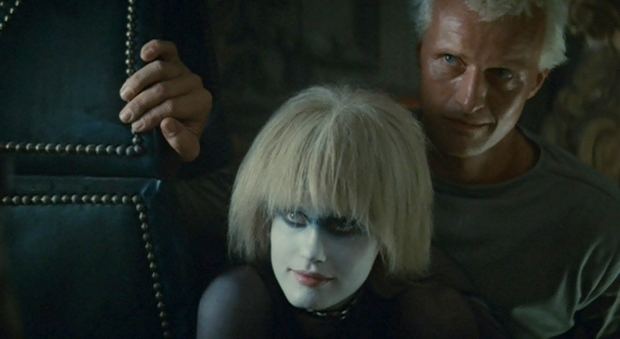 | ||
A replicant is a fictional bioengineered or biorobotic android in the 1982 film Blade Runner and its upcoming sequel Blade Runner 2049. The Nexus series of replicants are virtually identical to an adult human, but have superior strength, agility, and variable intelligence depending on the model. Because of their similarity to humans, a replicant can only be detected by means of the fictional Voight-Kampff test, in which emotional responses are provoked; replicants' responses differ from humans' responses. Nexus 6 replicants also have a safety mechanism, namely a four-year lifespan, to prevent them from developing empathic cognition and therefore immunity to a Voight-Kampff machine. A derogatory term for a replicant is "skin-job."
Contents
- Replicant black light
- Origin
- Replicants in the film
- Was Deckard a replicant
- Organic or mechanical
- References
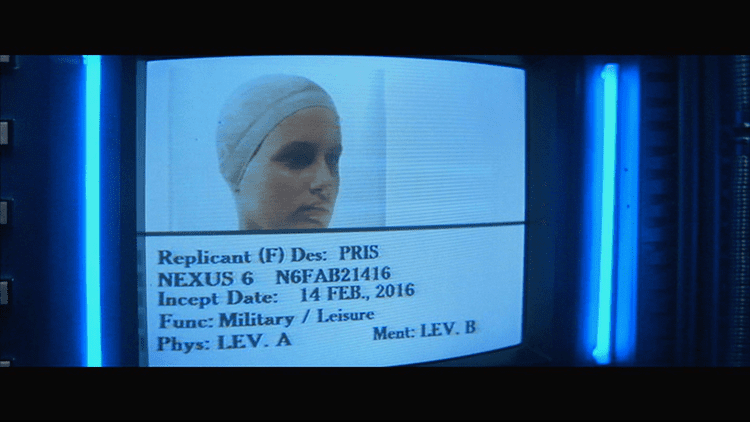
Replicant black light
Origin
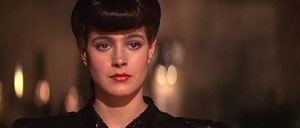
Philip K. Dick's novel Do Androids Dream of Electric Sheep?, the inspiration for Blade Runner, used the term android (or "andy"), but director Ridley Scott wanted a new term that did not have preconceptions. As David Peoples was rewriting the screenplay he consulted his daughter, who was involved in microbiology and biochemistry. She suggested the term "replicating", the biological process of a cell making a copy of itself. From that, one of them (each would later recall it was the other) came up with replicant and it was inserted into Hampton Fancher's screenplay.
Replicants in the film
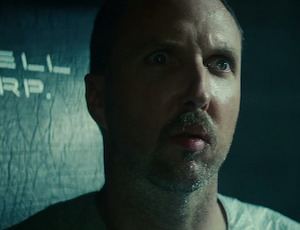
Replicants became illegal on Earth after a bloody off-world mutiny by Nexus 6 replicants, before the events of the film. Two weeks before the starting point of the film, six Nexus 6 replicants escaped the off-world colonies, killing 23 people and taking a shuttle to Earth; the film focuses on the pursuit of the replicants by Deckard, a special police officer called a "blade runner", who investigates, tests, and "retires" (kills) replicants found on Earth.
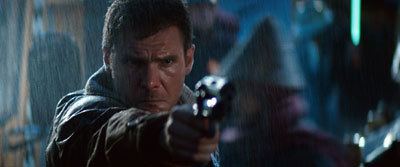
Nexus 6 replicants had been designed to copy humans in every way except for their emotions. The Tyrell Corporation "began to recognize in them strange obsession", and in order to be able to control them better, started to implant false memories into the replicants in order to give them the years of experiences that humans take for granted; these memories created "a cushion or pillow for their emotions".
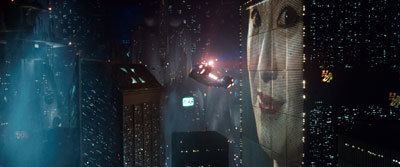
Early in the film, Captain Bryant tells Deckard that the Nexus 6 units possible eventual development of emotional responses was the reason the Tyrell Corporation had made them have a four-year life. Late in the film, Dr. Eldon Tyrell states that the lifespan limitation cannot be circumvented, and any attempt to circumvent the limitation kills the replicant during the procedure.
Deckard had no experience with Nexus 6 replicants at the beginning of the film; he and Captain Bryant are puzzled as to why they have risked coming back to Earth and Deckard is unsure how effective the Voight-Kampff test would be on them.
Escaped replicants (all Nexus 6 models):
Other replicants:
In Do Androids Dream of Electric Sheep?, the android manufacturer, known as the Rosen Corporation, did not know how to manufacture an android capable of living beyond four years.
The super-soldiers in Soldier, the "spin-off sidequel"-spiritual successor to Blade Runner, are implied to be replicants in the film, as the films are set in a shared universe.
Was Deckard a replicant?
Blade Runner's dark paranoid atmosphere—and multiple versions of the film—adds fuel to the speculation and debate over this issue. In Do Androids Dream of Electric Sheep?, Rick Deckard (the protagonist) is at one point tricked into following an android, who believes himself to be a police officer, to a fake police station. Deckard then escapes and "retires" some androids there before returning to his own police station. Deckard takes the Voight-Kampff test and it fails to indicate that he is an android.
Harrison Ford, who played Deckard in the film, has said that he did not think Deckard was a replicant, and also states he and the director had discussions that ended in the agreement that the character was human. According to several interviews with director Ridley Scott, Deckard is a replicant. He collects photographs which are seen on his piano, yet has no obvious family beyond a reference to his ex-wife (who called him cold fish). In a scene where Deckard talks with Rachael, their eyes both appear to shine, suggestive of replicants.
In the Director's Cut, police officer Gaff (played by Edward James Olmos) leaves Deckard an origami Unicorn a day after Deckard dreamed of one. Just before Deckard finds the unicorn, Gaff says to him in passing, "It's too bad she [Rachael] won't live...then again, who does?". A unicorn can also be seen briefly in a scene in J. F. Sebastian's home, amongst scattered toys (to the right of a sleeping Sebastian, while Pris snoops around his equipment). A unicorn also appears in a dream of Deckard's in the Director's Cut and as explained in the film, Rachael's memories are known by her creators, such as the memory Rachael has of spiders hatching. That Gaff is leaving an origami unicorn at Deckard's house may imply that Gaff knows about Deckard's unicorn dream.
Author Will Brooker has written that the dream may not be unique to Deckard and that unicorn dreams may be a "personal touch" added to some or all of the Nexus 6 replicants' "brains." Since we are not privy to the dreams of the other replicants, this is unknown. From this one could also speculate that Gaff is a replicant and may share the same embedded memory.
Paul Sammon, author of Future Noir: The Making of Blade Runner, has suggested in interviews that Deckard may be a Nexus 7, a new replicant type who possesses no superhuman strength or intelligence but neurological features that complete the human illusion. Ridley Scott has mentioned "Nexus 7" and "Nexus 8" replicants as possibilities in a sequel to the film. Sammon also suggests that Nexus 7 replicants may not have a preset lifespan (i.e., they could be immortal).
Sammon wrote that Ridley Scott thought it would be more provocative to imply that Deckard was a replicant. This ties back into the theme of "what is it to be human?" What is important is not whether Deckard is a replicant but that the ambiguity blurs the line between humans and replicants.
When Scott was asked about the possibility of a Blade Runner sequel in October 2012, he said, "It's not a rumor — it's happening. With Harrison Ford? I don't know yet. Is he too old? Well, he was a Nexus 6, so we don't know how long he can live. And that's all I'm going to say at this stage."
Organic or mechanical?
Although the press kit released to the media for the film explicitly defined a replicant as, "A genetically engineered creature composed entirely of organic substance", the physical make-up of the replicants themselves is not clear. In the opening crawl of the film, replicants are said to be the result of "advanced robot evolution." The crawl also states that they were created by "genetic engineers." Characters mention that they have eyes and brains like humans, and they are seen to bleed when injured. The only way of telling a replicant from a human is to ask a series of questions and analyze emotional response, suggesting they are entirely, or almost entirely, organic.
Do Androids Dream of Electric Sheep? makes mention of the biological components of the androids, but also alludes to mechanical aspects commonly found in other material relating to robots. It states that the bone marrow can be tested to prove whether it is from a human or replicant.
In May 2012, Ridley Scott confirmed that the replicants were biological in nature, and contrasted them to the androids in the Alien series. "Roy Batty was an evolved... He wasn't an engine. If I cut him open, there wasn't metal, he was grown... and then within twenty years you get the first bill not passed in the Senate where they applied for replication of animals, sheep and goats and cattle and animals and they turned it down, but if you can do that, then you can do human beings. If you go deeper into it and say 'Yeah, but if you are going to grow a human being, does he start that big and I've got to see him through everything?' I don't want to answer the question, because of course he does... Ash in Alien had nothing to do with Roy Batty, because Roy Batty is more humanoid, whereas Ash was more metal".
